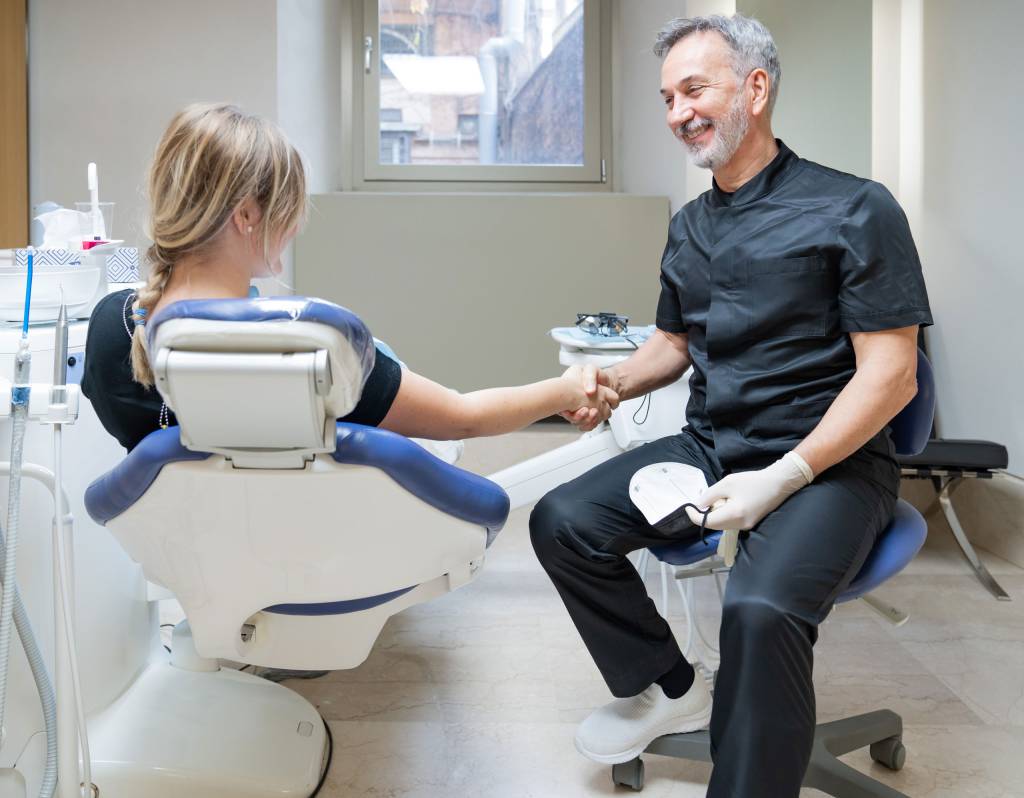Dental filling to eliminate caries
Caries is one of the most prevalent oral diseases in the world, and it is clinically treated by specialists in the dental branch called “conservative dentistry.”
Caries is a disease caused by bacteria, particularly streptococcus mutans, which adheres to the dental structure, colonizing dental cracks and dental areas the patient does not clean properly.
The adequate and early intervention with a dental filling performed lege artis minimizes treatment’s economic and biological cost. It prevents the formation of recurrent caries requiring more invasive and expensive treatments such as root canal treatments, pre-prosthetic reconstructions, and prosthetic crowns.
How to cure caries
As always, prevention is much more effective than cure. When the carious lesion is already present, making an early diagnosis limits the damage.
The correct intervention strategies include:
Analysis and correction of incorrect hygiene and eating habits that gave rise to the carious lesion.
In-depth diagnosis of the state of progression of caries.
Definition of the most suitable individual intervention plan to achieve a correct filling of the tooth.
Remove carious and infected tissue by air abrasion with electric micro-motors or laser.
Cleansing and chemical preparation of the cavity.
Positioning and anatomical modeling of the restoration composite material.
Functional control, finishing, and polishing.

Removal of amalgam fillings and their replacement with aesthetic fillings
Removal of amalgam fillings is necessary in patients:
Sensitive to metals (silver, mercury, copper, zinc) contained in them.
In cases of recurrent caries.
In cases of fracture or deterioration of the previous restoration or tooth.
In cases where you want to eliminate dental imperfections produced by amalgams.
The removal of amalgam fillings, if not performed with a rigorous approach, subjects the patient to the risk of biological pollution and intoxication caused by ingested metal particles and vapors produced inhaled during removal.
What can be done to eliminate the risk during remediation?
During the removal of amalgams, a rigorous protocol must be applied to protect the patient’s health that provides for the isolation of the field with the rubber dam and a particularly efficient vapor and spray suction system.